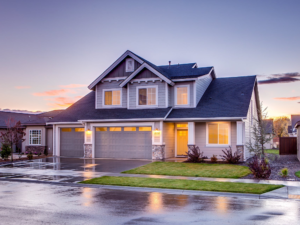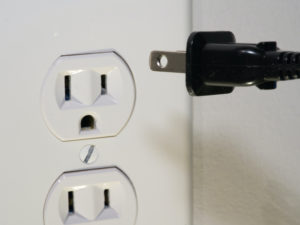Learn About Energy Burden
You may have heard of the term “energy burden” before, but what does it mean exactly? Energy burden, according to the American Council of Energy Efficiency and Economy (ACEEE), is defined as the percentage of annual household income spent on yearly energy bills. Basically, this means that the higher the percentage of income spent on energy costs, the higher the energy burden is.
The Minnesota Department of Commerce considers a person to have an energy burden if more than 6% of that individual’s household income is used towards energy costs. The Minnesota Department of Commerce determines eligibility for assistance in paying for energy costs by income. If an individual is at or below 60% of Minnesota’s median household income, which is $36,687 for one person, and $47,975 for two people, then that individual is eligible for income-based assistance.
One of the biggest factors contributing to high energy burdens is energy efficiency in housing stock, especially older homes and rentals. According to ACEEE, specific groups of Americans are disproportionately affected by high energy burdens, such as African American and Hispanic households, renters, older Americans and residents in multifamily buildings.
These groups of people are also more likely to be affected by COVID-19 and the associated economic impacts, especially since many people have now been using more energy as they stay home due to the pandemic. In addition to higher energy bills, many people have also lost their income due to the pandemic, and thus the combined effect is an even higher energy burden. While several utilities have announced moratoriums on energy disconnections due to unpaid energy bills, not all have, and many more have no plans to address growing consumer debt as many people are still unable to pay their energy bills. Learn more about how COVID-19 has affected energy burden, which utilities have suspended energy disconnections due to the pandemic, and find more information about energy bill forgiveness and other energy resources during COVID-19.
There are several resources available if you feel like you may be experiencing a high energy burden:
- Ecolibrium3 offers free home energy audits, weatherization services, rental energy upgrades and more to help Minnesotans reduce their energy burden and become energy efficient.
- The Department of Energy manages a federal Weatherization Assistance Program in which income-eligible households and renters can receive free home weatherization services, such as exterior wall insulation and air leakage reduction, for example.
- The Department of Health and Human Services manages the Low Income Energy Assistance Program which offers services, such as assistance paying energy bills, to income-eligible households and renters.
- The Citizens Utility Board offers advice and resources for reducing energy burden.
Did you take this action? Report it!
Help us show our collective community impact by reporting that you took this action.



